From Eastern Scheldt to offshore industry
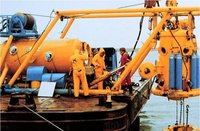
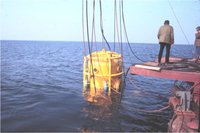
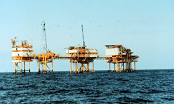
In 1977 Vriens Diving Company was requested to perform subsea soil investigation for the building of the Eastern Scheldt Storm Surge Barrier.
A special diving bell with a base plate containing a hydraulic drilling system, was constructed to do the job. With this system called MISSION, long air dives had to be made of about 4 hours duration to depths up to 40 metres. The air tables presented in the guidelines of the Inspectorate of Labour, the P78, were not suited for this job.
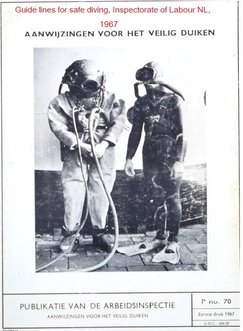
Therefore, special long exposure air tables using oxygen were developed by DadCoDat (Dr. W. Sterk), with software constructed in cooperation with Hannes Keller, a Swiss mathematician and deep sea diver. These tables were a success and the job was done safely.
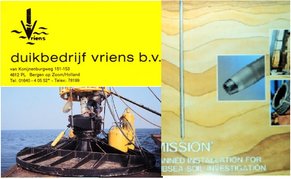
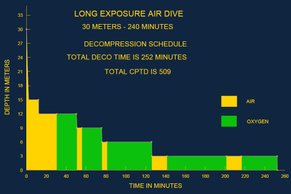
As the Eastern Scheldt project required a lot of diving work, as well as because of the increasing demands of international offshore work, the Sterk-Vriens air diving tables were constructed for surface (SurD) and in-water decompression in 1980. Doppler measurements and collection of dive and decompression data provided the means of continuous improvement of the computer model. After completion of the Eastern Scheldt project, an improved version of these tables was adopted by the Netherlands Diving Centre (NDC) and published in 1988 under the condition that the feed back of the dive and decompression data should continue. After 1993 this was only done on a voluntary basis, as sufficient data were available to ensure a reliable use of the tables and also because funding ceased.
In the 1970's and 80's, many cases of DCS occurred, particularly on the UK part of the continental shelf, where surface decompression on US Navy tables was used frequently. This caused HSE to introduce bottom time limits, as most cases of serious DCS seemed to be related to long air dives with surface decompression.
Diving on DCD - NDC tables, as discussed during an EUBS workshop in 1990, did not warrant the HSE bottom time limitations, but they nevertheless stayed in practice up till now. The DCD - NDC tables aim at a DCS incidence of 0.5% per depth-time schedule, as demonstrated in the 1998 EUBS meeting. However, continued follow up appeared necessary, as changes in variables like population, diving circumstances, job requirements and dive technique may request for adjustment or update of a decompression table.
Sterk-Vriens decompression tables for air diving
air diving decompression tables
Sterk-Vriens tables 1980.
"SOX" surface decompression tables in the Eastern Scheldt
Sterk-Vriens decompression tables EUBS1986
Operational dive and decompression data: Collection and analysis
Editors Sterk and Hamilton. International databases, NDC database. Dive Data- EUBS workshop 1990
Limits of hyperoxia
Nitrox and hyperoxia in the Eastern Scheldt
Sterk_EUBS1985_UPTD
Limits of hyperoxia
Long exposure air dives in the Eastern Scheldt
Sterk_UHMS1987_Oxygen-in-diving
DCI incidence for SurD NDC tables in the range of 48 to 51 metres
SurD tables, Doppler, dive data EUBS1998